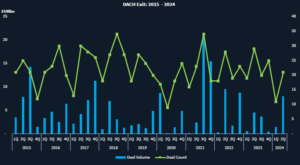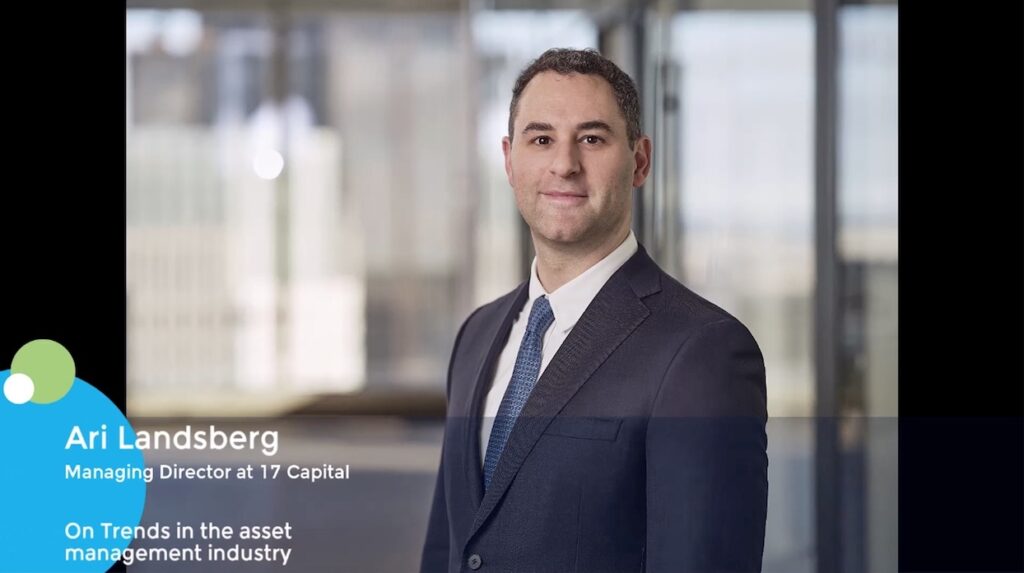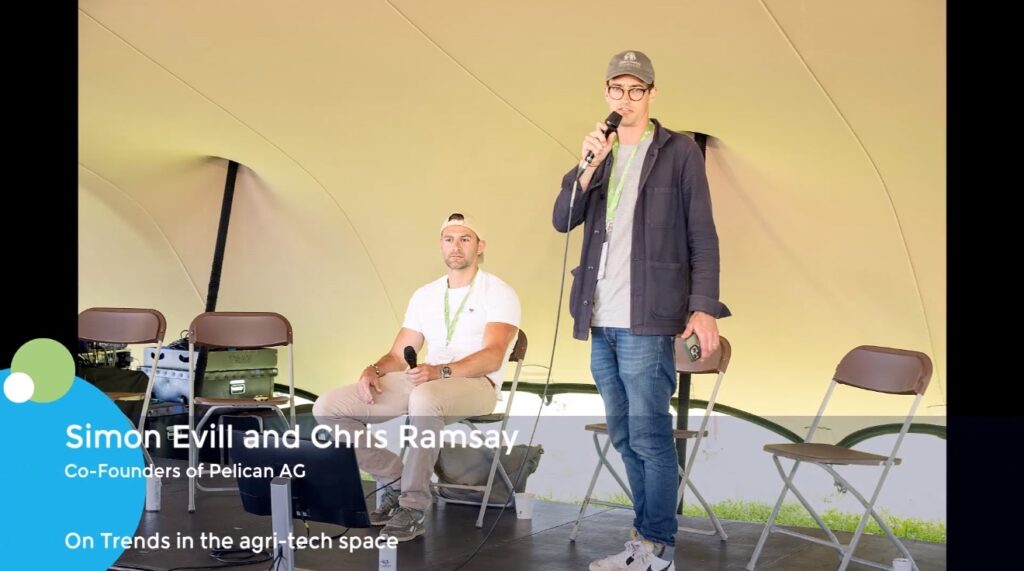DACH dealmakers bet on surge in deals from September – Trendspotter
- Chemicals deals dominant sector in 1H24 as energy costs ease
- Strategic buyers are expected to be more active than PEs
M&A practitioners in Germany, Austria and Switzerland (DACH) are betting on a surge in deal activity in September and October, particularly among German mid-cap companies that have been in private equity (PE) portfolios for a while.
“The question is not whether the second half of the year will be active but whether it will be hyperactive or just active,” Burc Hesse, office managing partner at Latham & Watkins in Germany, said.
Mergermarket‘s Likely to Exit (LTE) predictive algorithm shows 65 companies in DACH with scores above 50 out of 100*. One of the highest scores is for Performance Interactive Alliance (73), a Hamburg-based media agency. its sponsor, Equistone, has hired Houlihan Lokey to carve out and sell its United Digital Group (UDG) unit.
PE exits in Germany were hit hard by disruption to energy markets from 2022, particularly the end of cheap of Russian gas. However, that shock has worked its way through the system, setting the scene for a glut of exits.
The first half of 2024 exits saw an 86% rise in exit deal volumes, with EUR 9.4bn across 32 deals, when compared with the same period last year, according to Mergermarket data. The pace intensified, with 21 exits worth EUR 8bn crossing the line in 2Q24.

One particularly large exit came towards the end of 2Q24, with the sale of Aareon, a provider of Software-as-a-Service (SaaS) solutions for the property industry, from Aareal Bank and Advent International for approximately EUR 3.9bn.
Deal activity has also continued as 1H24 has turned into 2H24. Funds advised by Bregal Unternehmerkapital (BU) in early July announced the acquisition of a majority stake in BSI Software (BSI) of Baden. Capvis Equity V LP, the fund advised by the Swiss investment company Capvis, will sell its shares. The deal value was undisclosed, but was reported to be just below EUR 500m.
More generally, 1H24 saw a decline in both deal volume and deal count year over the year. However, activity in 2Q24 increased compared with 1Q24 as dealmakers positioned themselves for a new cycle of falling interest rates.

The largest deal of the half came in late June, when AdNoc (Abu Dhabi National Oil Co.) [ADX:ADNOCDIST] announced “concrete negotiations” with German chemical company Covestro [ETR:1COV], which valued it above EUR 14bn.
“M&A activity in the DACH region has been slightly behind other regions because other countries have a better macroeconomic investment environment and to a certain extent more business service-oriented business models,” Stefan Jaecker, CEO of DC Advisory Germany and Head of DACH & Central and Eastern Europe (CEE), said. “However, we see good momentum in the market at the moment.”
The pressure among PE investors to deliver exits is building after a period of lower activity. “However, we still see a paralyzing hesitation due to still existing differing perspectives by buyers and sellers regarding business valuations,” Hesse said.
One situation to watch is DKV Mobility, which is seen as a sale candidate due to choppy IPO markets. It was targeting EUR 4bn in a listing. The pipeline of ongoing and upcoming auctions includes situations like Bartec, which makes safety equipment. Rothschild has been retained to sell the business in 2H24.
Crossing the line
Valuation gaps are still a theme in DACH. “In the current environment, we see more often buyers demanding concessions such as requests for sellers and management teams to roll over a higher portion of their investment than usual,” Hendrik Röhricht, partner at AO Shearman, said.
High interest rates have turned the attention of DACH dealmakers to new techniques to get hard-to-close deals over the line. “Deferred and contingent purchase price elements are on the rise,” AO Shearman’s Röhricht said. PEs have also turned to solutions such as continuation funds, net asset value (NAV) loans and co-investors, while PEs could consider mergers of companies in different portfolios.
Hesse said: “Strategic buyers have been more active than financial buyers recently because they are affected less by higher financing costs and can use cash on their balance sheet or corporate loans to finance acquisitions and may benefit from synergies that ease some valuation discussions.”
M&A practitioners expect more carve-outs from large corporates as they seek to free up cash for transformation projects going forward for that reason. One deal to watch is SGL Carbon’s [ETR:SGL] strategic review of its Carbon Fibers (SGL CF) business, which has advanced to the second round.
Carveouts and divestments are also of interest to sponsors. Many PE firms use add-ons to push portfolio companies towards an exit, DC Advisory’s Jaecker said. ABJ alive (ABJ) is an example of this trend – the German food supplements provider has appointed Carlsquare to assist with its search for acquisition targets in Europe following an investment from NORD Holding.
Many of the problems that dominated the M&A landscape in 2023 are still present: the Ukrainian war continues and energy costs remain relatively high while the European Central Bank (ECB) has only cut interest rates once so far in this cycle.
However, financial institutions can benefit from higher interest rates. Also, fast-growing tech targets remain attractive even as borrowing costs remain elevated, dealmakers said.
A host of technology companies currently top Mergermarket’s Likely VC Exit pipeline for the region, including Acronis International, Mambu and Sonatsource.
Within tech data centres benefit from two related trends of rising cloud computing and artificial intelligence (AI), Hesse said. One asset coming to market is Green, a Swiss data centre business backed by InfraVia Capital Partners.
Cyber-security is another segment that will increase in popularity and relevance, Dominik Schwarz, partner and Head of DACH at Verdane, said. Hornetsecurity of Germany is looking at deals following an acquisition earlier this year.
Take-private deals rather than IPOs
Public markets have been affected by political uncertainty surrounding the elections in Europe and the US and with plenty of PE dry powder, other take-private deals might join AdNoc’s Covestro proposal.
“Volatile public markets and the track record of German PE exits remain a challenge for the sector, as IPOs are an important exit route” Schwarz said. “In other jurisdictions, public markets have become a more frequently used exit channel, even for medium-sized companies.”
Some potential IPO candidates like Flix have opted for sales processes instead of listings. Generic drugmaker Stada Arzneimittel and heating metering company Techem may go down a similar path. However academic publisher Springer Nature is still considered a potential IPO candidate.
AdNoc’s Covestro deal meant that chemicals was the dominant sector in the first half of the year, with deal volume of EUR 15bn representing almost 26% of transaction value.
“Quite a few deals in the chemical sector got pulled in 2022 because of the rising energy costs and as those costs have come down somewhat, these deals are potentially coming back to market”, Hesse said.
The chemical sector was closely followed by the healthcare sector with aggregate deal volume of EUR 8.5bn across 98 transactions representing about 15% of total transaction value.
The largest exit in healthcare in the semester was EQT’s sale of a 20% stake in prosthetics company Ottobock. The company’s valuation is reportedly more than EUR 5bn.
“The healthcare and life sciences sector will remain attractive in the second half of the year,” Hesse said.
*Mergermarket’s LTE predictive analytics assign a score to sponsor-backed companies to help track and predict when an exit could occur through M&A, an IPO, a direct listing or a deSPAC transaction.
**Mergermarket’s Likely VC Exit predictive analytics assign a score to VC-backed companies to help track and predict when an exit could occur through M&A, an IPO, a direct listing or a deSPAC transaction.











